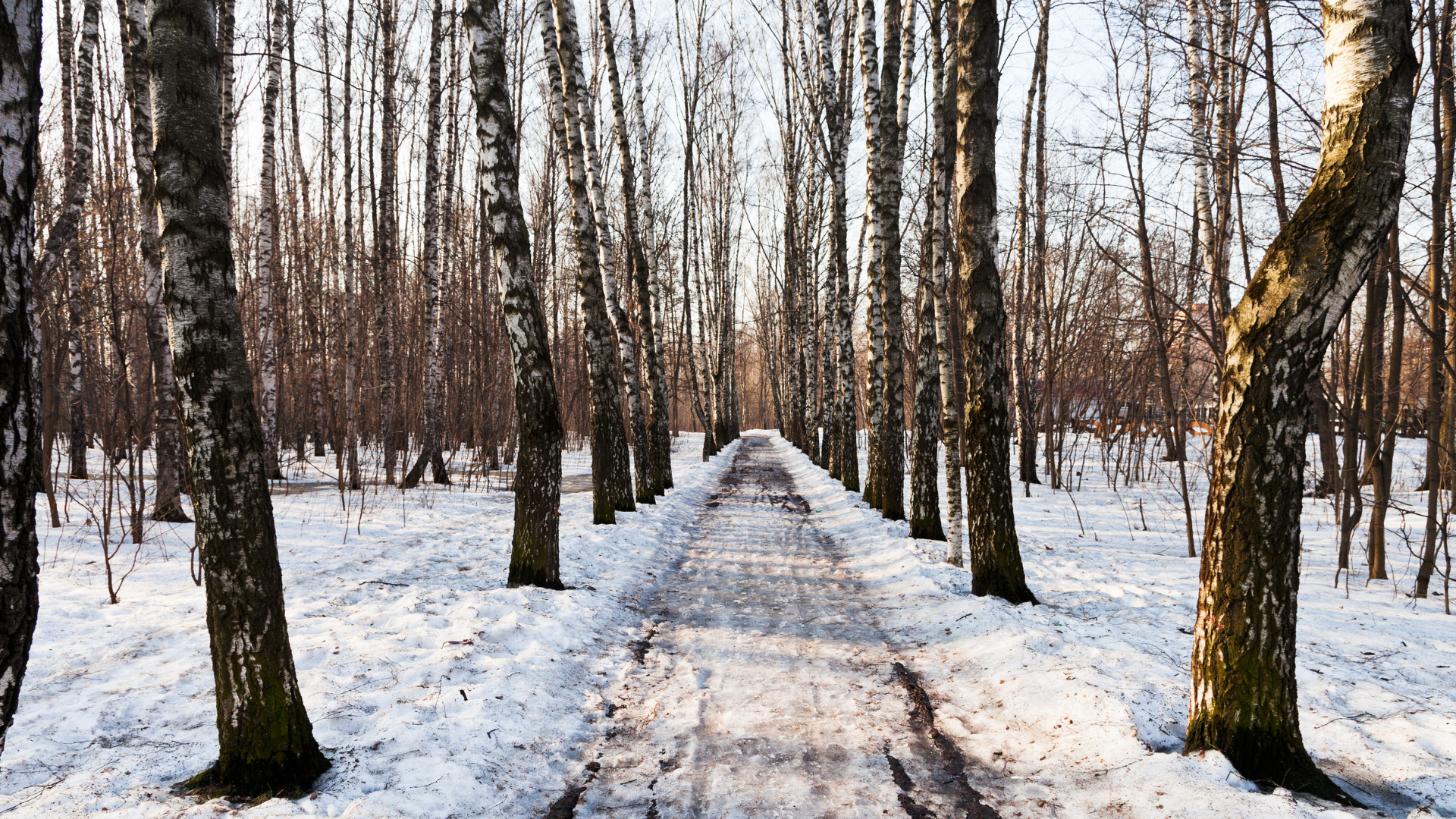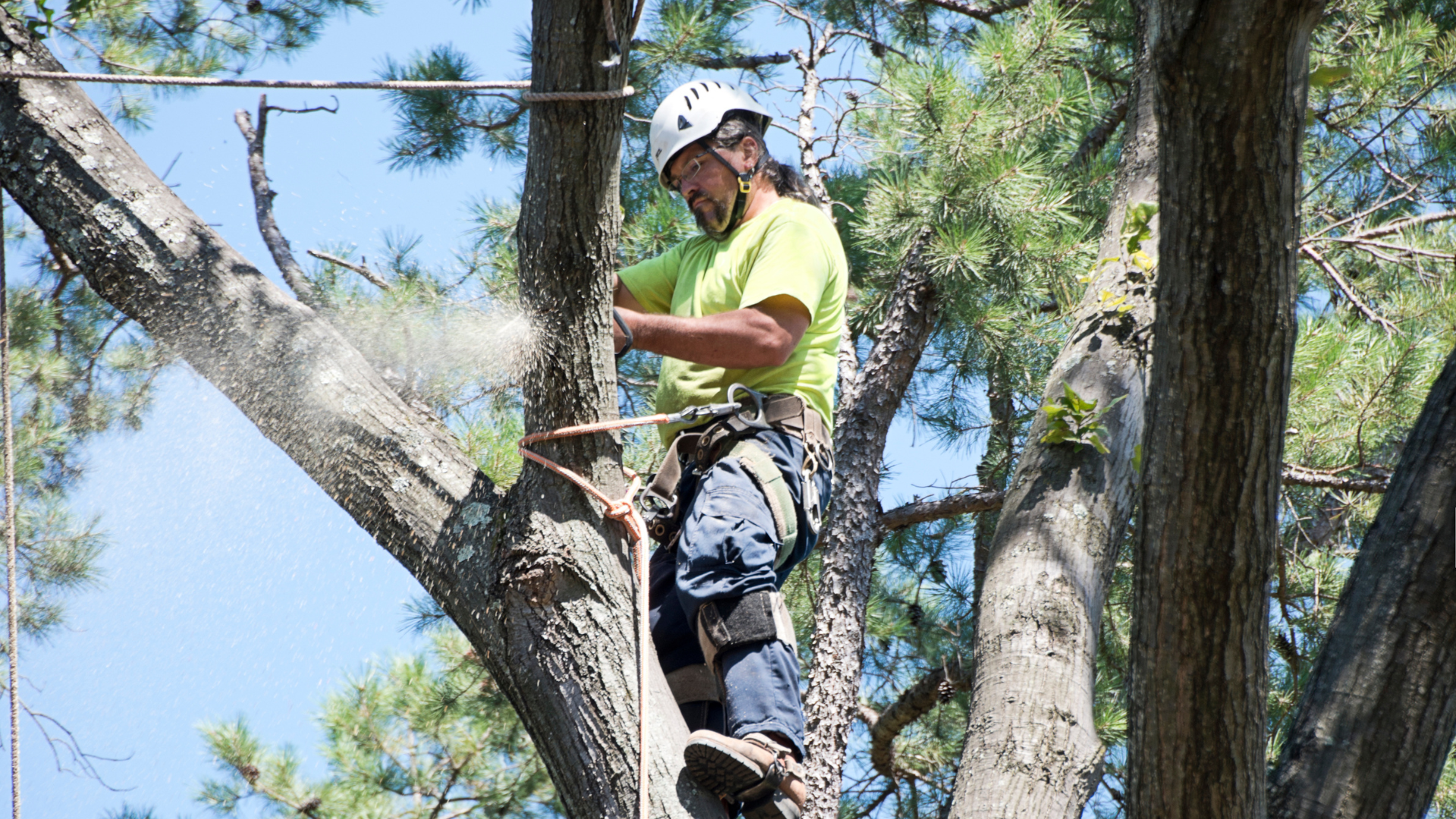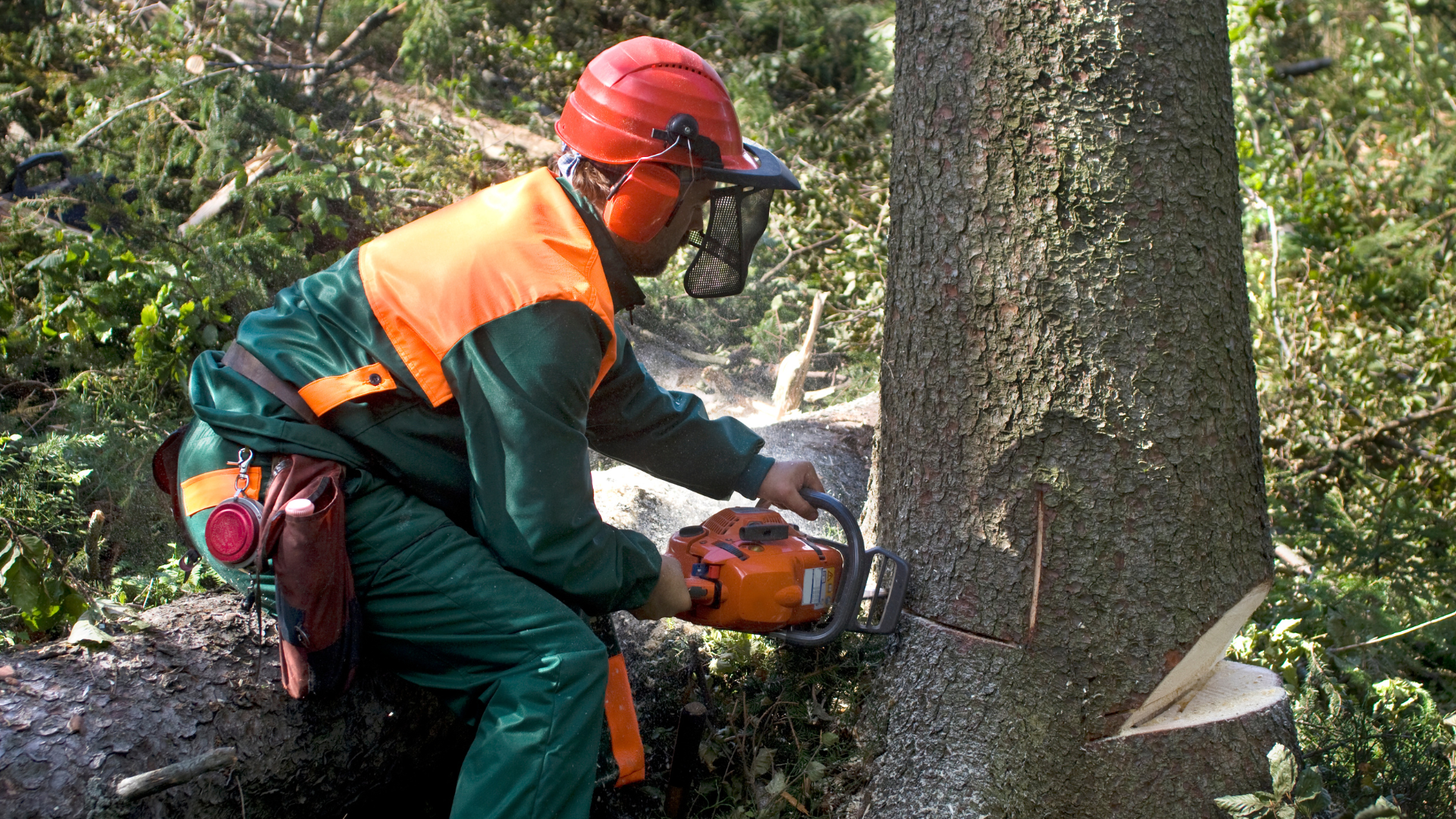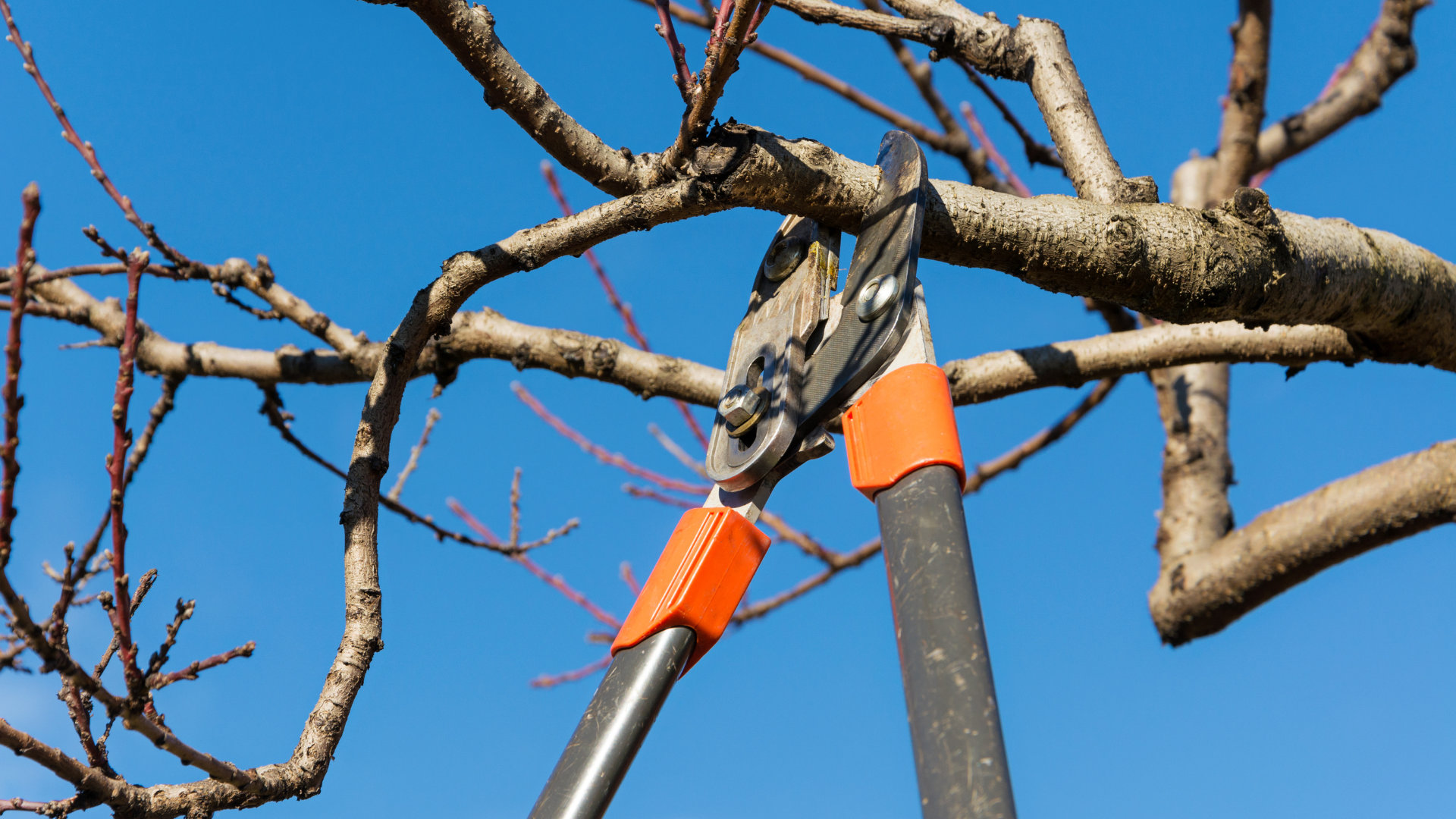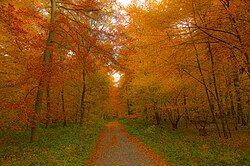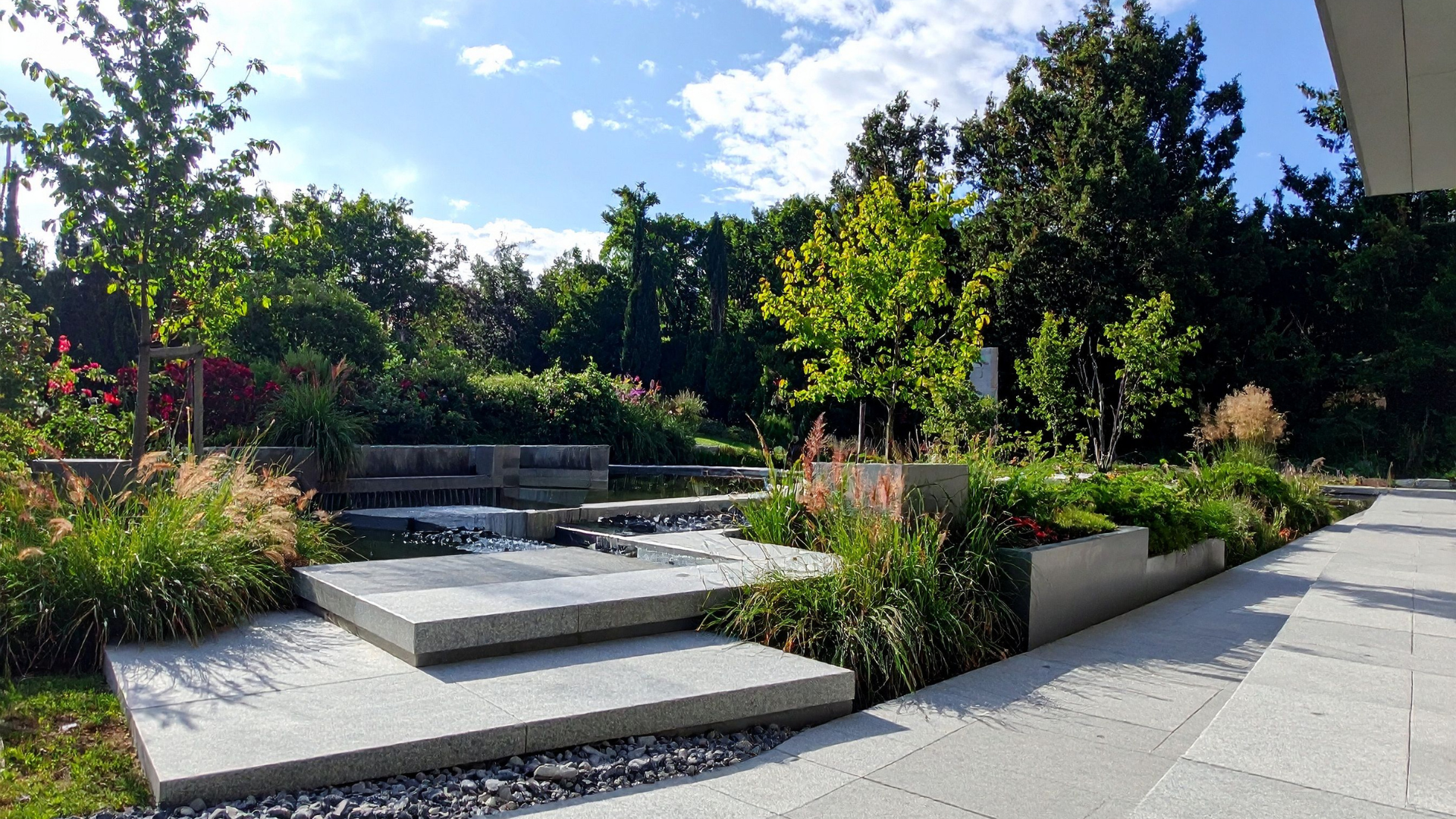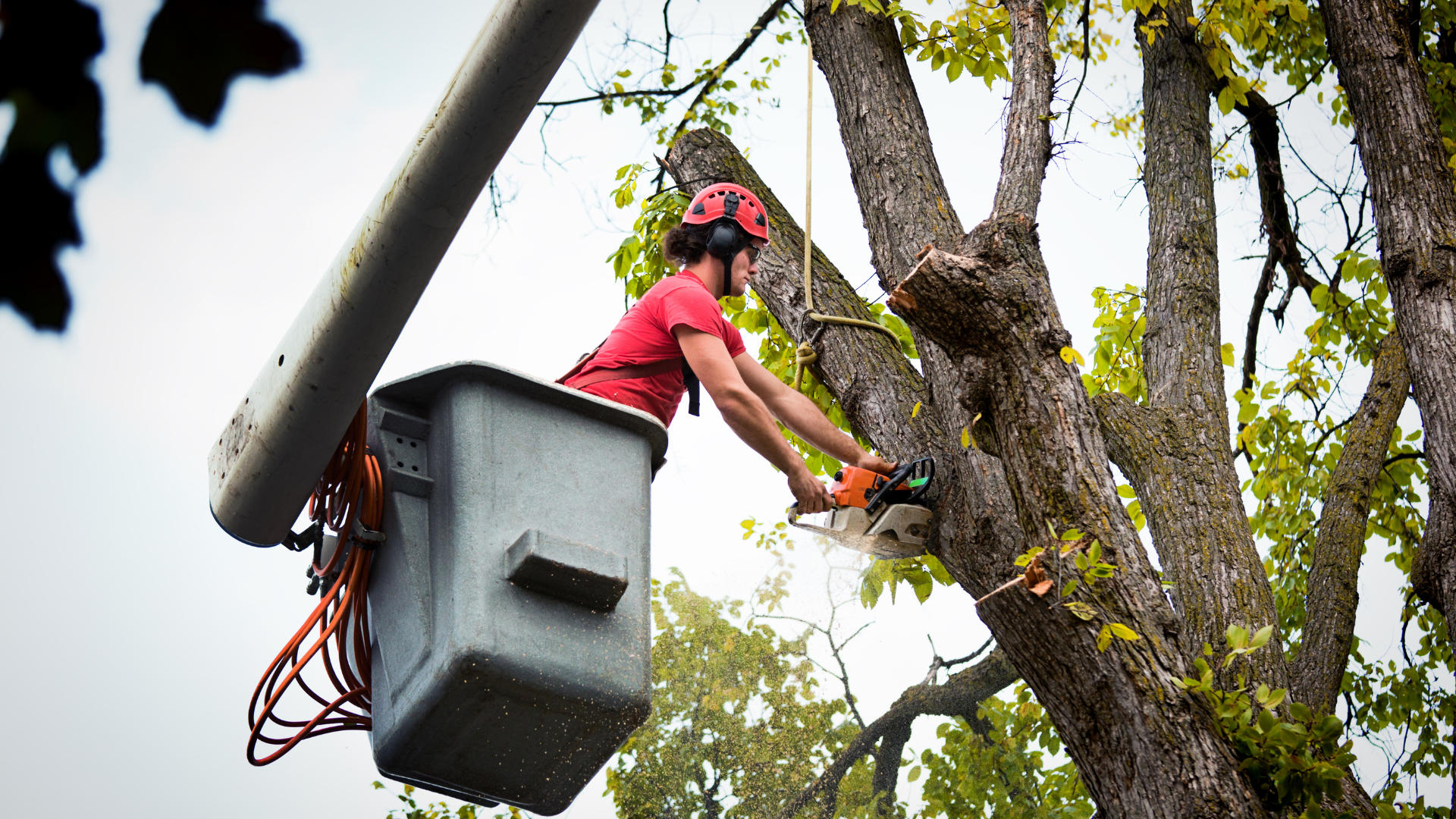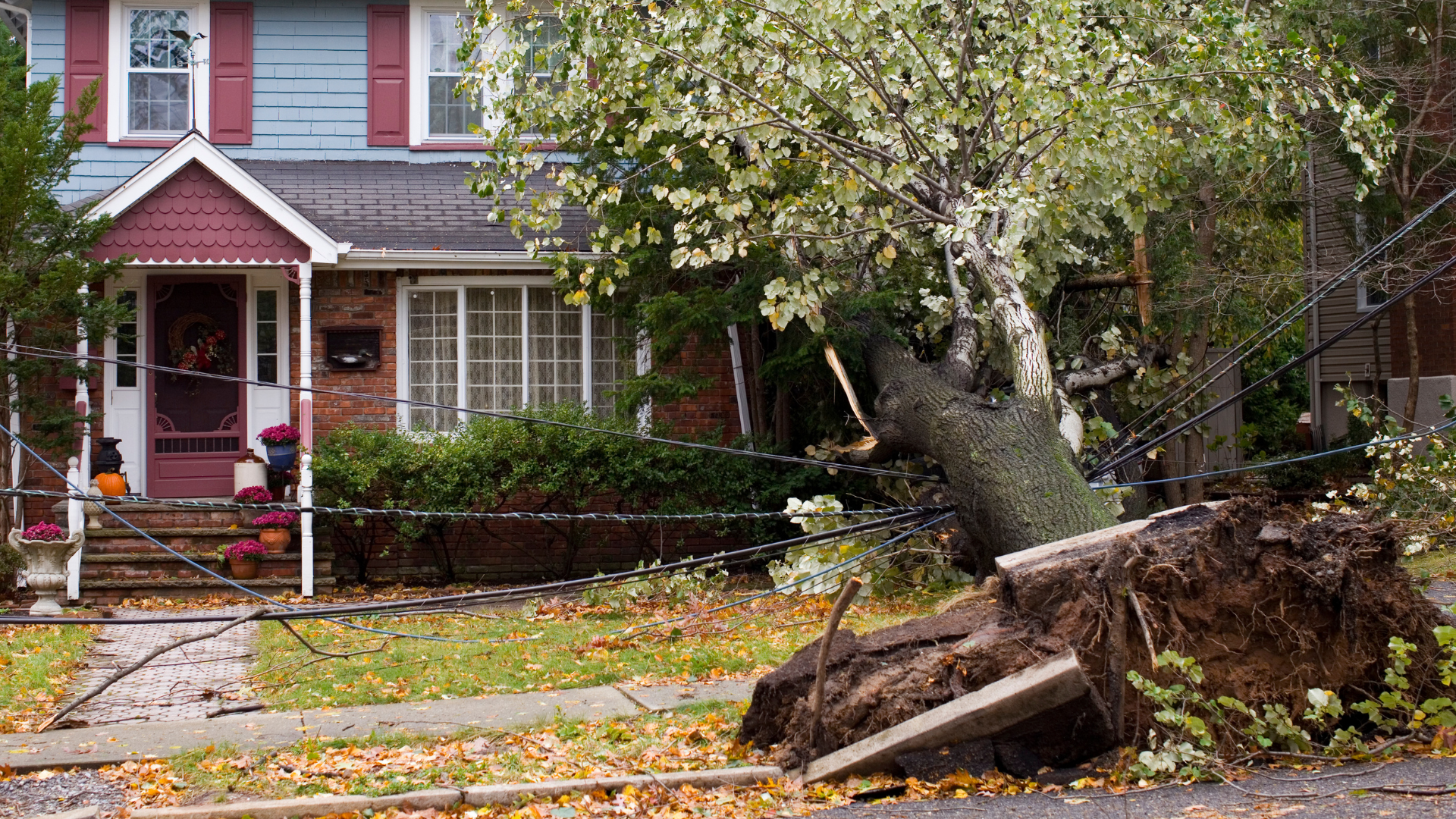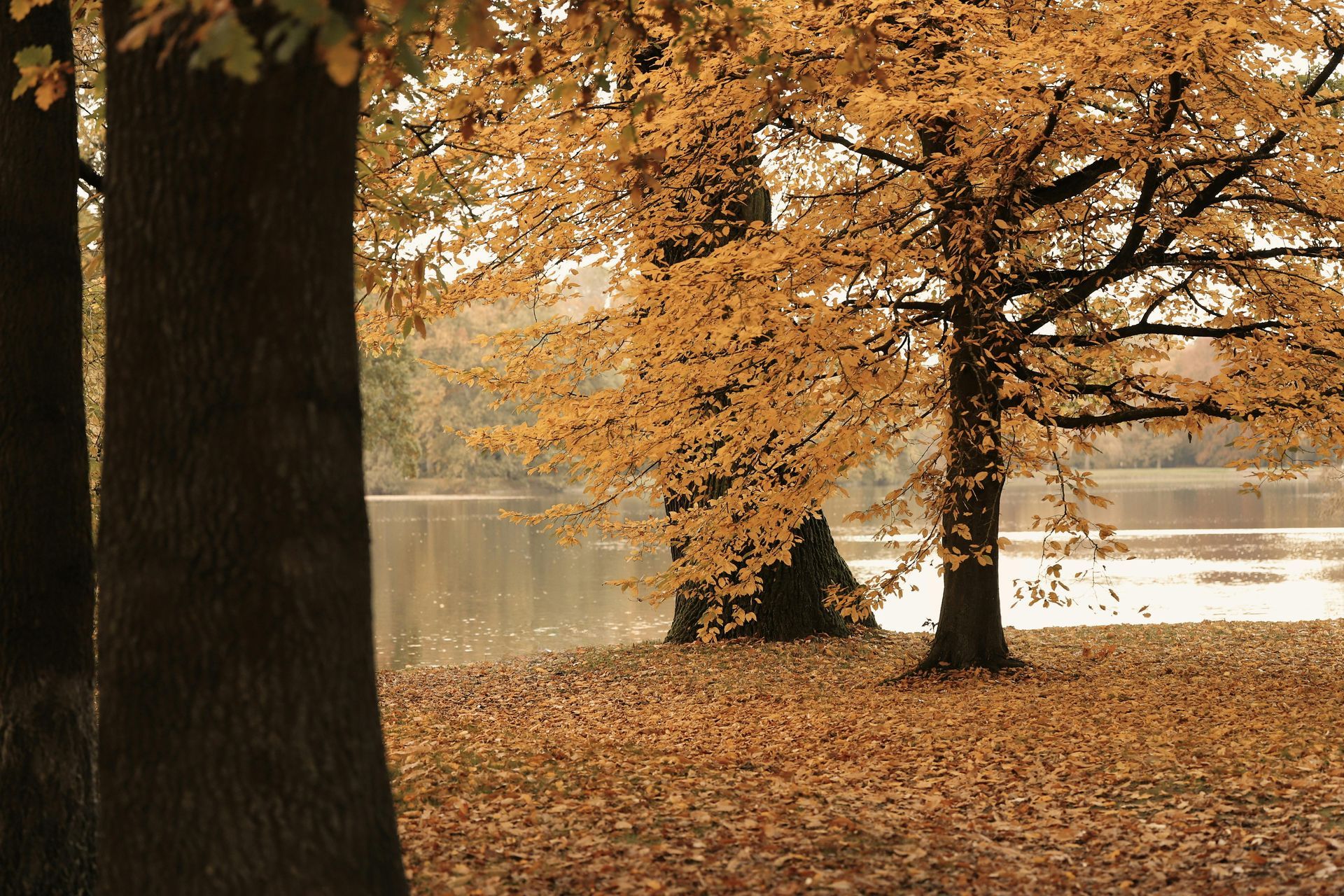What to Do When a Neighbor’s Tree Poses a Risk to Your Property
Trees add beauty, shade, and privacy to neighborhoods, but when a tree growing on one property begins to threaten another, it can quickly create tension and potential danger. Overhanging branches, invasive roots, or decaying trunks can lead to property damage or personal injury, leaving homeowners uncertain about their rights and responsibilities. At Midwest Tree Surgeons, we often help homeowners assess and manage hazardous trees before they cause serious problems. Understanding what steps to take can prevent both damage and disputes.

Identifying a Problem Tree
The first step is determining whether a neighbor’s tree truly poses a risk. Warning signs may include branches hanging directly over your home, driveway, or fence, especially if they appear cracked, dead, or weakened. Leaning trunks, visible root damage, or fungus growing at the base can indicate internal decay. If the tree drops large limbs frequently or if it appears unstable after storms, it may already be compromised.
Even if a tree looks healthy, roots can cause hidden damage underground. Invasive roots may crack sidewalks, disrupt plumbing lines, or interfere with foundations. Regular observation and documentation, including photographs, help establish the condition of the tree in case of future disputes.

Communicating With Your Neighbor
Once you identify a concern, open communication is the best place to start. Approach your neighbor calmly and explain what you have noticed. Most property owners appreciate being informed, especially if the tree could become a danger to both properties. Providing photographs or pointing out visible damage can help illustrate your concern.
In many cases, neighbors are willing to take action, whether by scheduling an inspection or trimming hazardous branches. When both parties cooperate, issues are usually resolved quickly and without conflict.

Understanding Property Rights
If a neighbor does not take action, homeowners still have limited rights to protect their property. In most jurisdictions, you are legally permitted to trim branches or roots that extend over your property line, provided you do not damage the overall health of the tree. However, you cannot enter your neighbor’s property or cut beyond your boundary without permission. Doing so could expose you to liability for property damage or trespassing.
Because local laws vary, consulting a certified arborist or attorney before taking action is wise. A professional inspection can determine whether the tree poses an imminent danger and whether intervention is necessary.

When a Tree Causes Damage
If a neighbor’s tree causes damage to your property, liability depends on whether the neighbor was negligent. For example, if a healthy tree falls during a storm, the incident may be considered an act of nature, meaning each homeowner is responsible for their own repairs. However, if the neighbor ignored visible signs of disease, rot, or instability, they could be held responsible for damages.
Homeowners’ insurance policies often cover damage caused by falling trees, though coverage may vary based on the circumstances. Reporting the incident promptly and providing documentation helps expedite claims.

The Role of a Professional Arborist
Certified arborists play a vital role in resolving tree disputes and ensuring safety. A professional inspection provides an unbiased assessment of the tree’s condition, including whether it is diseased, structurally unsound, or at risk of falling. Arborists can also offer maintenance recommendations that allow the tree to remain healthy while protecting surrounding property.
At Midwest Tree Surgeons, we provide detailed evaluations, trimming, and removal services designed to protect homes and preserve neighborhood harmony. By addressing concerns early, homeowners can often avoid costly damage and maintain good relationships with their neighbors.

Final Thoughts
A neighbor’s tree can easily become a source of stress when it threatens your property, but understanding your rights and taking the right steps can resolve the issue responsibly. Begin with open communication, document the condition of the tree, and seek professional advice before taking any action.
At Midwest Tree Surgeons, we help homeowners identify risks and find safe, effective solutions. Whether you need an inspection, pruning, or removal, our team is ready to provide expert care that protects both your property and your peace of mind.
